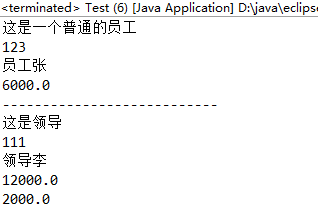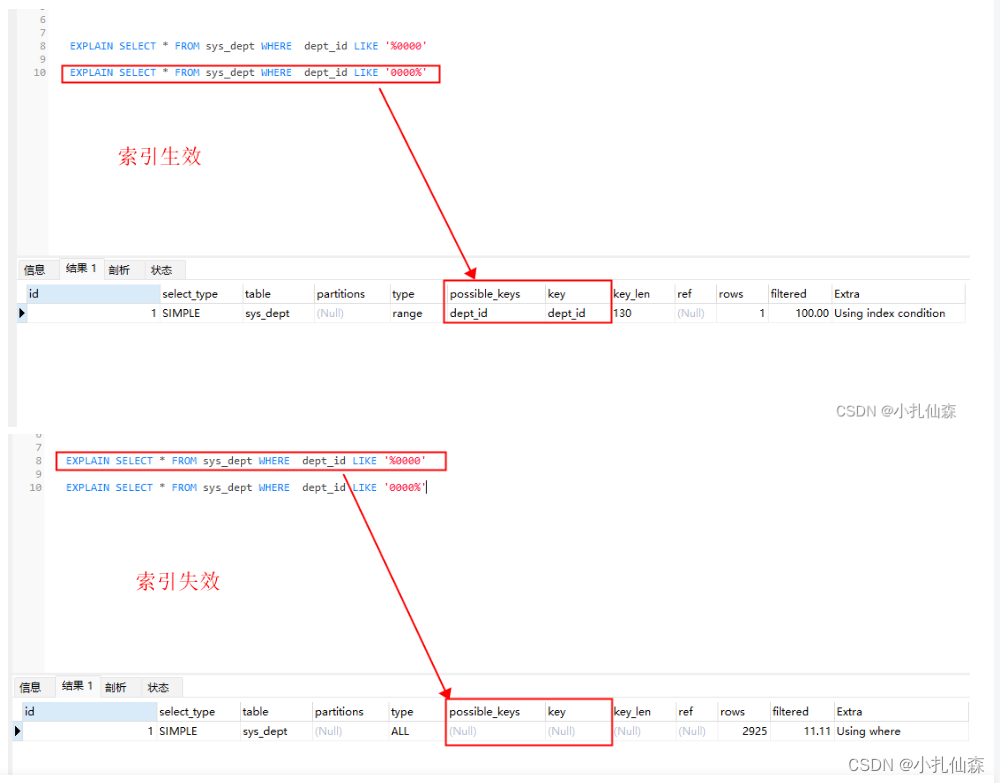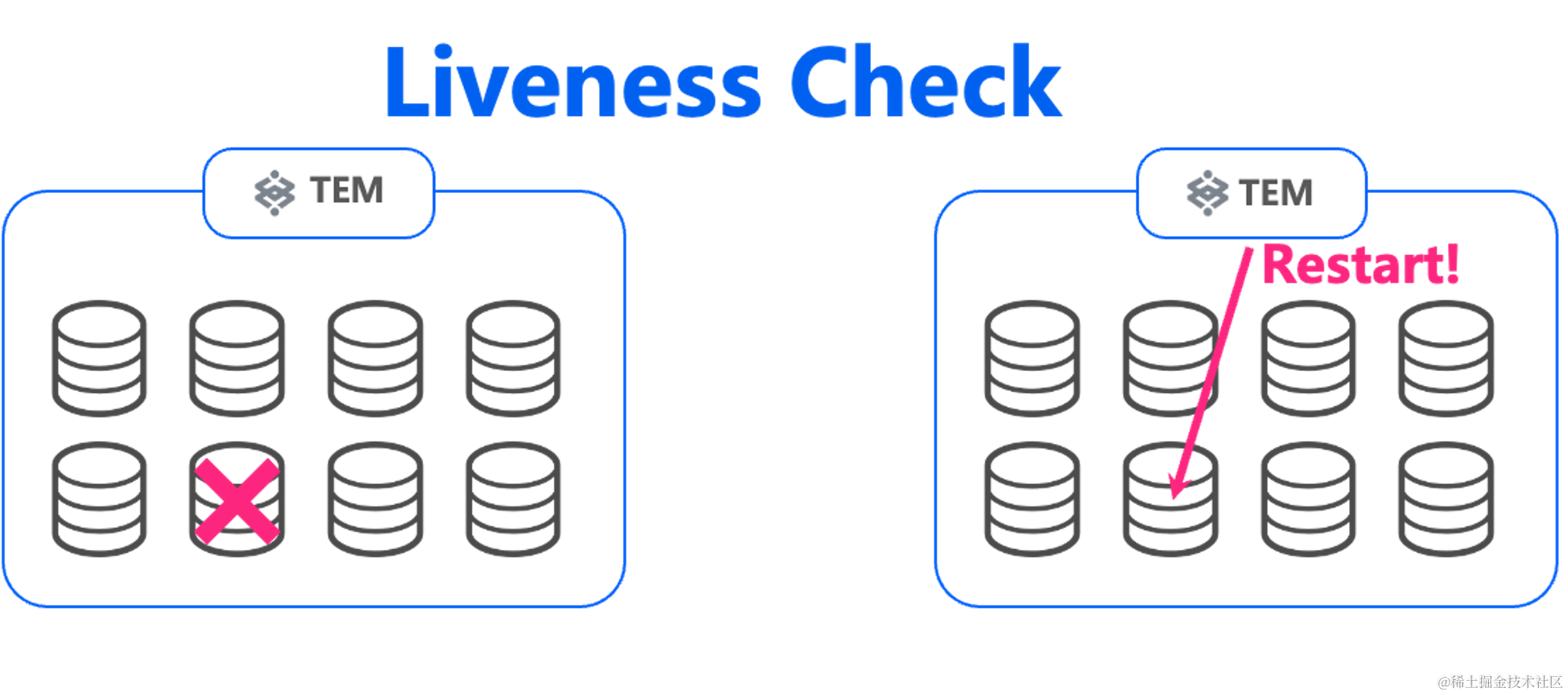在C语言中,有这样一个特殊的宏,叫offsetof,它的功能是啥呢?
我们来看看它的介绍

它的功能是:返回一个结构体的成员的大小(相较于起始地址的偏移量)
引用代码:http://t.csdnimg.cn/q1CdU
#include <stddef.h>
#include <stdio.h>
struct struct_test
{
float fild1;
double fild2;
int fild3;
short fild4;
long long fild5;
};
int main(void)
{
printf("struct_test size is %lu \nfild1 offset %lu\nfild2 offset %lu \nfild3 offset %lu \nfild4 offset %lu \nfild5 offset %lu\n",
sizeof(struct struct_test),
offsetof(struct struct_test,fild1),
offsetof(struct struct_test,fild2),
offsetof(struct struct_test,fild3),
offsetof(struct struct_test,fild4),
offsetof(struct struct_test,fild5));
return 0;
}
运行结果
struct_test size is 32
fild1 offset 0
fild2 offset 8
fild3 offset 16
fild4 offset 20
fild5 offset 24
看完了怎么用,我们来试试模拟实现一下
这里涉及到结构体内存对齐的知识,不了解的可以去我的文章C语言重点突破(4)看看,这里不多赘述。
offsetof要求的是返回结构图成员相对于起始地址的偏移量,这是不是意味着我们还得求出结构体首地址才能实现呢?其实不用,我们只需要将起始地址设为0不就行了?
StructType是结构体类型名,MemberName是成员名。具体操作方法是:
1、先将0转换为一个结构体类型的指针,相当于某个结构体的首地址是0。此时,每一个成员的偏移量就成了相对0的偏移量,这样就不需要减去首地址了。
2、对该指针用->访问其成员,并取出地址,由于结构体起始地址为0,此时成员偏移量直接相当于对0的偏移量,所以得到的值直接就是对首地址的偏移量。
3、取出该成员的地址,强转成size_t并打印,就求出了这个偏移量。
#define offsetof(StructType, MemberName) (size_t)&(((StructType *)0)->MemberName)











![[SQL开发笔记]LIKE操作符:在 WHERE 子句中搜索列中的指定模式](https://img-blog.csdnimg.cn/0e3e4b0e5dc7424da8e210b34a594116.png)






